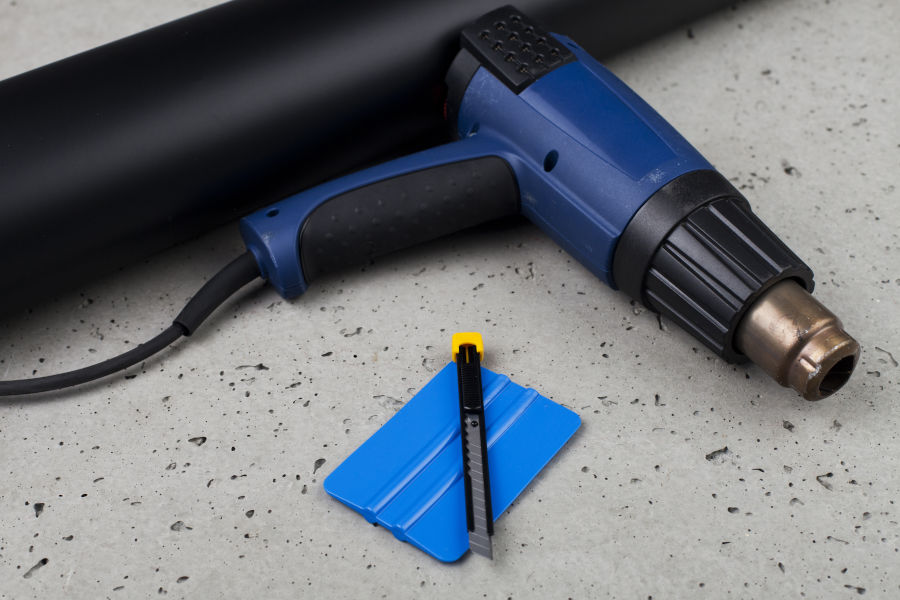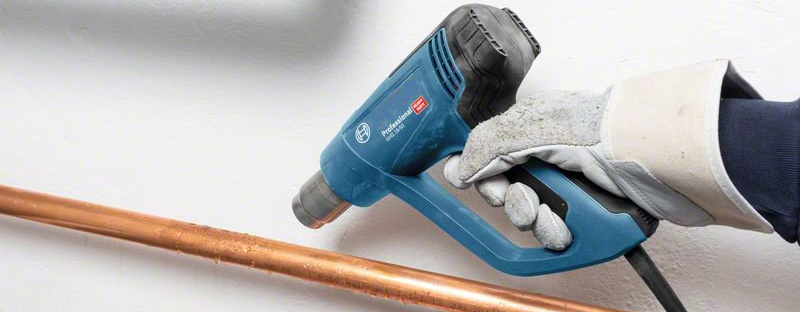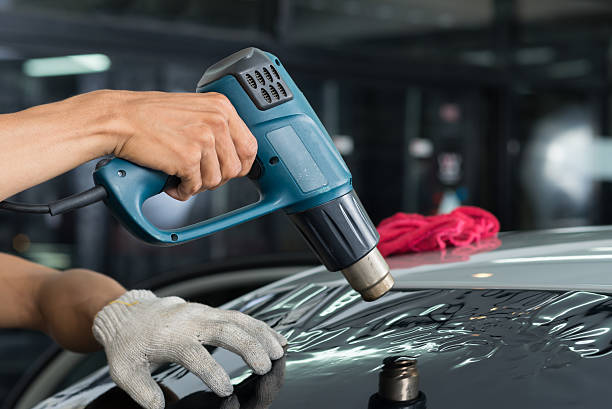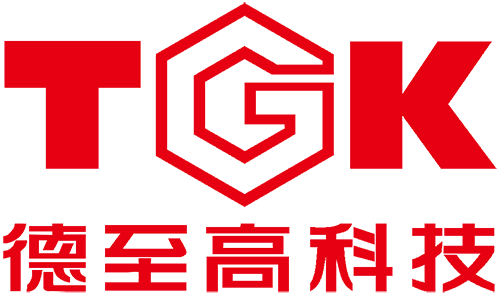Most professionals agree that the key to a great paint job is in the preparation. That preparation means effective paint stripping back to the timber substrate to ensure a quality finish that enhances properties, returning them to their original condition.

The traditional methods for paint removal include power tool heat gun, sanding, shaving, toxic and non-toxic chemicals, and sand blasting; all are labour-intensive and potentially harmful. The costs for these methods of removing paint vary greatly and should include: materials and equipment; allowances for labour time with set-up, application, waiting time and clean-up; not forgetting the additional costs needed to lower the risks to workers, home owners, the environment, and the wood itself. Sounds expensive; potentially it is.
Another key consideration when removing paint is the impact that any method will have on the wood. Chemicals can leach out natural resins and leave a residue in the wood even after it has been rinsed or neutralised. High heat (600pC) from electric heat gun can force the paint pigment back into the wood, as well as scorch it. Sanding and shaving can leave gouge marks and even scorch marks if not done by a skilled technician. Sand blasting has to be done by professionals and can cause damage to the wood.

Infrared paint stripping is by far the gentlest process on the wood; particularly beneficial for listed properties where the preservation of the original, old wood is desired. The infrared heat penetrates into the wood and actually pulls up the natural resins deep in the wood to rejuvenate it. It also pulls up the paint or varnish which has sunk into the wood allowing them to be scraped off more thoroughly. The heat removes extra moisture deep in the wood and neutralises mildew and fungus. Yet, the lower temperature of 200-300pC minimises the risk of scorching or the wood catching fire.

Preservationists and listed property owners are most often interested in this form of infrared wood stripping for its time-saving steps, safety features, low environmental impact, benefit to the old wood and superior performance when removing multiple layers.
Post time: Nov-29-2022




